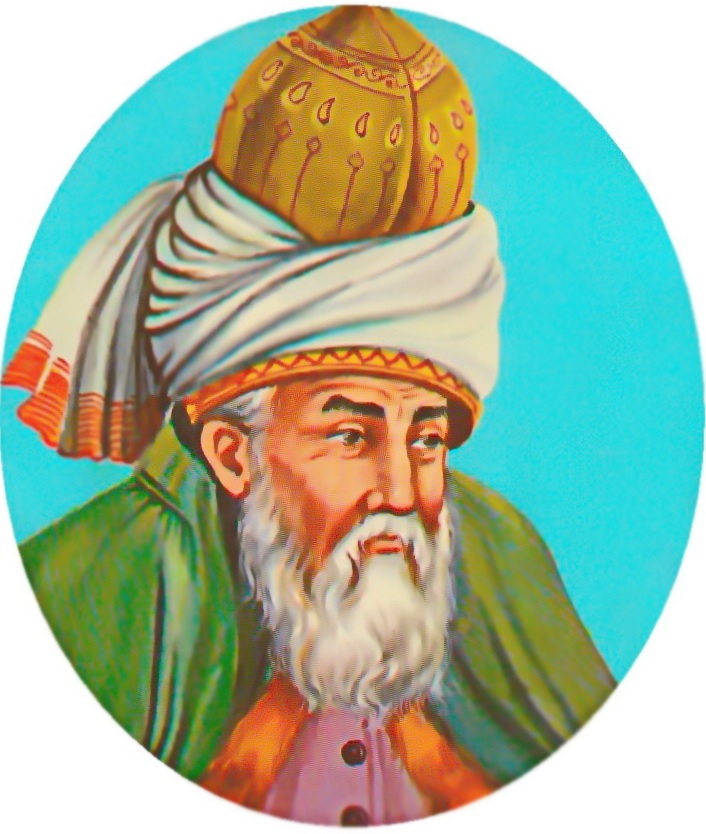The age of Indian civilization has long been a topic of fascination and debate among historians, archaeologists, and researchers worldwide. While it’s widely accepted that the Indian subcontinent is home to one of the oldest continuous civilizations, there is increasing evidence to suggest that its roots may stretch far beyond the conventional estimates. Most textbooks place the origins of Indian civilization with the rise of the Indus Valley Civilization around 2500 BCE to 1500 BCE. However, recent archaeological discoveries are challenging this timeline, pushing the beginnings of Indian civilization as far back as 5000 BCE to 7000 BCE, or even earlier.

Indus Valley Civilization: The Conventional Starting Point
The Indus Valley Civilization, one of the world’s first urban cultures, spanned modern-day Pakistan and northwest India. Known for its advanced urban planning, intricate drainage systems, and flourishing trade, this civilization thrived between 2500 BCE and 1500 BCE. Cities like Harappa and Mohenjo-Daro are famous archaeological sites that shed light on this period.
But recent findings show that the roots of Indian civilization go far deeper. As we continue to unearth new evidence from ancient settlements and artifacts, it becomes clear that this period may only represent a fragment of India’s ancient history
New Discoveries: Pushing the Timeline Back to 5000 BCE
Recent archaeological evidence has turned traditional timelines on their head. Excavations at sites such as Bhirrana, in Haryana, India, have revealed remnants of a pre-Indus Valley Civilization dating back to around 7000 BCE. Other sites like Mehrgarh, located in present-day Pakistan, have produced artifacts and evidence of agricultural activity dating back to 7000 BCE, signaling an even earlier form of civilization in the Indian subcontinent.
Mehrauli: A Link to India’s Ancient Past
Mehrauli, in Delhi, is a site that has seen continuous human settlement for thousands of years, making it a treasure trove for archaeologists and historians alike. The area is rich in ancient artifacts, temples, and monuments. While it is often associated with later historical periods like the Delhi Sultanate, evidence points to its ancient significance stretching back to the dawn of Indian civilization. These continuous layers of history at Mehrauli symbolize how ancient traditions and cultures thrived over millennia, linking the past with the present.
Banaras (Varanasi): The Eternal City
Banaras, or Varanasi, is another city often cited as one of the oldest living cities in the world. Ancient texts such as the Rigveda, composed around 1500 BCE, mention the city, showing that it was a thriving hub of culture and learning even then. Local traditions and some scholars argue that Banaras could be much older, perhaps even dating back to 5000 BCE, adding yet another dimension to the historical depth of Indian civilization. Its temples, ghats, and ancient educational institutions are symbols of a civilization steeped in spirituality and learning for thousands of years.
The Spiritual and Scientific Connection
India’s ancient history isn’t just about dates and artifacts; it’s also about the evolution of thought, culture, and spirituality. The Vedic civilization, believed to have flourished around 1500 BCE, offers profound insights into the ancient Indian understanding of the universe, mathematics, medicine, and meditation techniques, many of which align with modern scientific discoveries. The ancient yoga practices found in the Vedas, for example, offer a deep connection between the mind and body, a concept that modern science is only beginning to fully appreciate.
As new evidence emerges, historians and archaeologists are beginning to realize that Indian civilization is much older than initially believed. The traditions of yoga, spirituality, and scientific thought that began in this ancient era continue to influence the world today, serving as a bridge between the past and the present
At Scienceandyoga.com, we explore the intersection of science and spirituality, diving deep into how ancient Indian traditions, such as yoga and meditation, connect with modern scientific discoveries. Stay tuned for more insights into the scientific logic behind India’s spiritual heritage.

